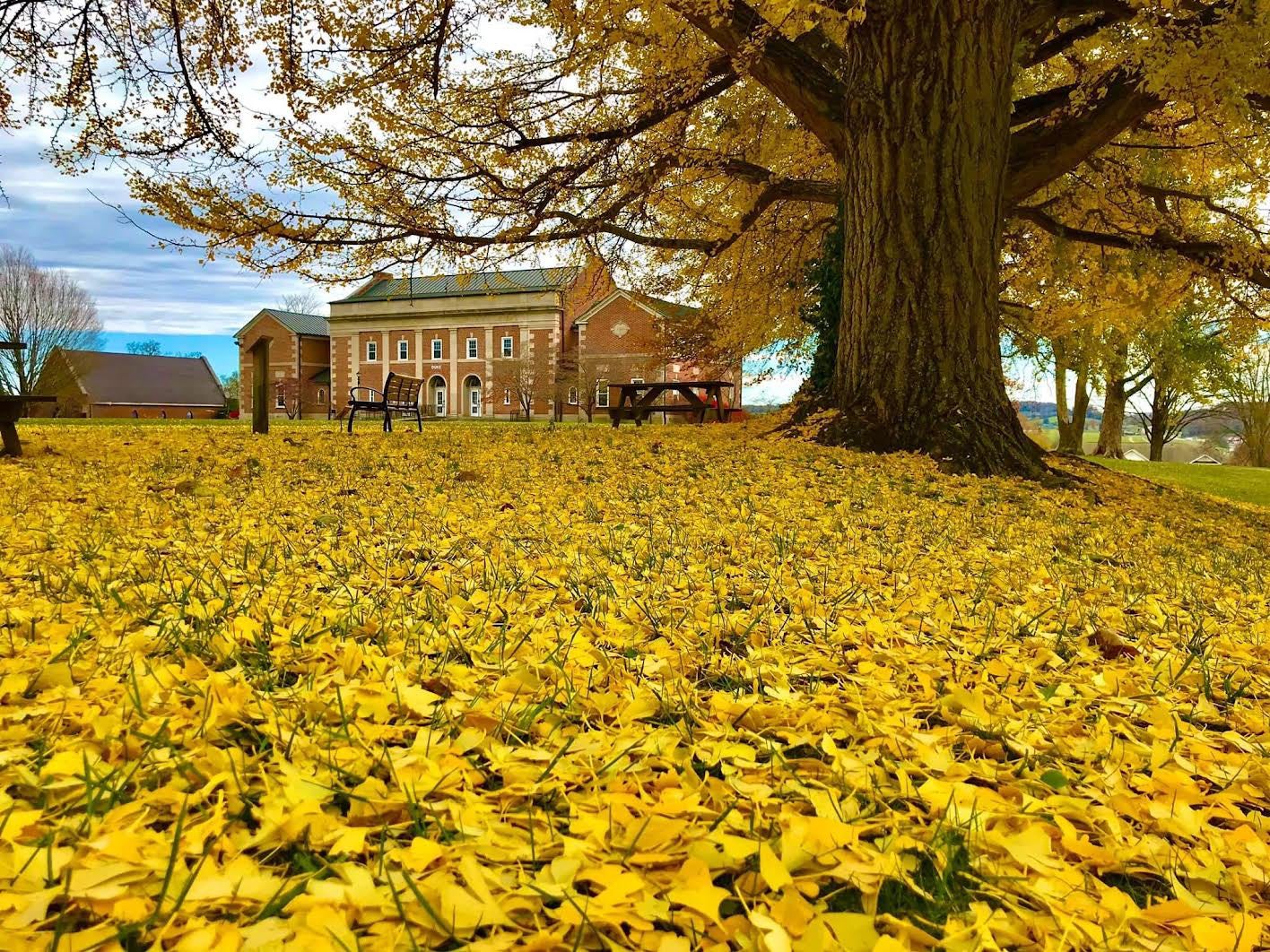Why leaves fall – in fall
Published 7:56 am Friday, October 14, 2022

- To survive the harshness of winter, broadleaf trees drop their leaves and go dormant, thus conserving energy. Photo by Steve Roark
|
Getting your Trinity Audio player ready...
|
STEVE ROARK
Contributing columnist
This time of year you usually see news articles explaining why leaves change color and how good the fall colors will be. I’ve written plenty of them myself, but never covered the subject of why tree leaves fall off in the first place. So here goes…
Spring and summer are great times for tree growth, with long days and plenty of warmth, sunshine, and rainfall. Trees take advantage of this time and put on the majority of their growth by mid-summer, storing some of it as carbohydrates in the trunk and branches for next year’s growth spurt. They do so because winter is a lousy time for tree growth. It’s cold, tender plant cells freeze, days are short with less solar energy, less soil moisture and what moisture is there can be frozen and unavailable. So, the survival tactic broadleaf trees take is to cut their losses is to drop their leaves and go dormant to sleep through the hard times, thus conserving their energy.
Lack of moisture is probably the biggest factor in taking the dormancy route, because trees need a lot of water to do the photosynthesis thing. A large oak tree can take up over 50 gallons a day to pull in nutrients from the soil through a water delivery system called transpiration.
After a long summer, leaves are pretty worn out anyway, so dropping them is a way to start next season with a fresh set to grab that sunshine. Trees also take advantage of leaf drop by moving waste products into the leaves before jettisoning them, thus providing a slick way to take out the trash. One additional plus to dropping leaves is that they provide a natural mulch on the forest floor that protects the soil and tree roots. Eventually the leaves are broken down by mico-beasties that cycle the materials back into the soil for re-use. It’s a really sweet system.
If it’s so sweet why don’t the evergreens do it? If you’ve noticed, pine, spruce, and fir species can eke out a living in dry and cold places, which allows them to grow in harsh conditions.
Their tactic is to grow leaves that are needle-like, which have less surface area exposed to the cold and dry. The surface of the needle is thicker and coated with a wax that prevents moisture loss, and the fluid inside needle cells contains a type of antifreeze. The upshot of all this is that evergreens can do very well in shorter growing seasons and harsher conditions, and don’t have to store and expend energy growing an entire new crop of needles each year. Needles do eventually fall off after 3-4 years, but do so gradually and is not so noticeable.
So enjoy the fall colors this year, and be humbled by the elegant survival system that makes it all possible. Also look up and give thanks for living in an area where it even happens, because the presence of a large diversity of tree species having brilliant fall foliage is not a common thing.
The only other places on the planet with a similar abundance of foliage colorations are northern China, Korea, and Japan. We are blessed.
Steve Roark is a volunteer at Cumberland Gap National Historical Park.





